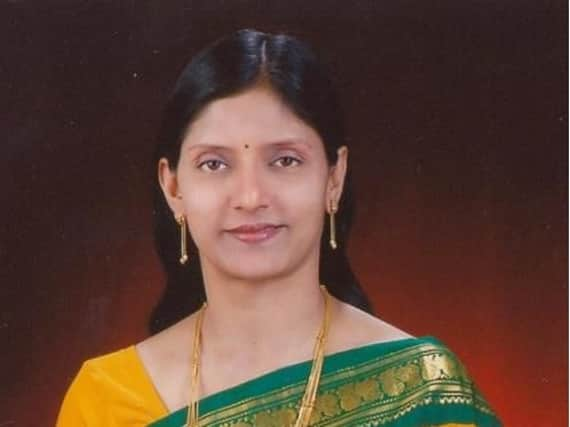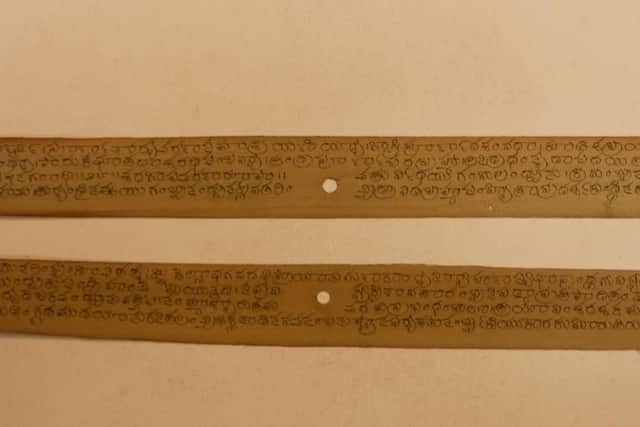Wearside academic unlocks ancient writings


The 300 year-old palm-leaf folios have unveiled more about the teachings of a renowned Indian philosopher.
The palm-leaf folios have been in the British Library since 1942 and, after a three-year effort, Ragasudha Vinjamuri has completed her transcription in Telegu, providing a new insight into the life and work of the12th century Hindu theologian and philosopher Acharya Ramanuja.


Advertisement
Hide AdAdvertisement
Hide AdRamanuja is considered one of the most important exponents of the Sri Vaishnavism tradition within Hinduism.
Ragasudha's work will be released in print at an event in Parliament on Tuesday, May 10, to mark the beginning of Ramanuja’s 999th birthday celebrations.
Bob Blackman, MP for Harrow East will be hosting this event at the House of Commons along with the Sanskruti Centre for Cultural Excellence.
Ragasudha, an Associate Tutor in the Faculty of Business and Law at the University of Sunderland, is a writer, poet, journalist and founder of Sanskruti Centre for Cultural Excellence.


Advertisement
Hide AdAdvertisement
Hide AdShe has also popularised folk dances such as Koya and Lambadi to a wider audience in the UK.
She said: "The curator of South Indian languages at the British Library, Nalini Persad, came across the palm leaf folios in Telugu one day and had invited me to look through them.
“As two of my published works are already catalogued in the British Library, she was aware of my engagement over the years with the Telugu language. After an initial discussion on the content, I volunteered to work further on the folios. It took more than three years to complete the entire transcription."
Some of the folios were badly damaged and needed Ragasudha to extensively research and identify the missing content. From there she could ascertain the author of the work with the help of scholars in India.